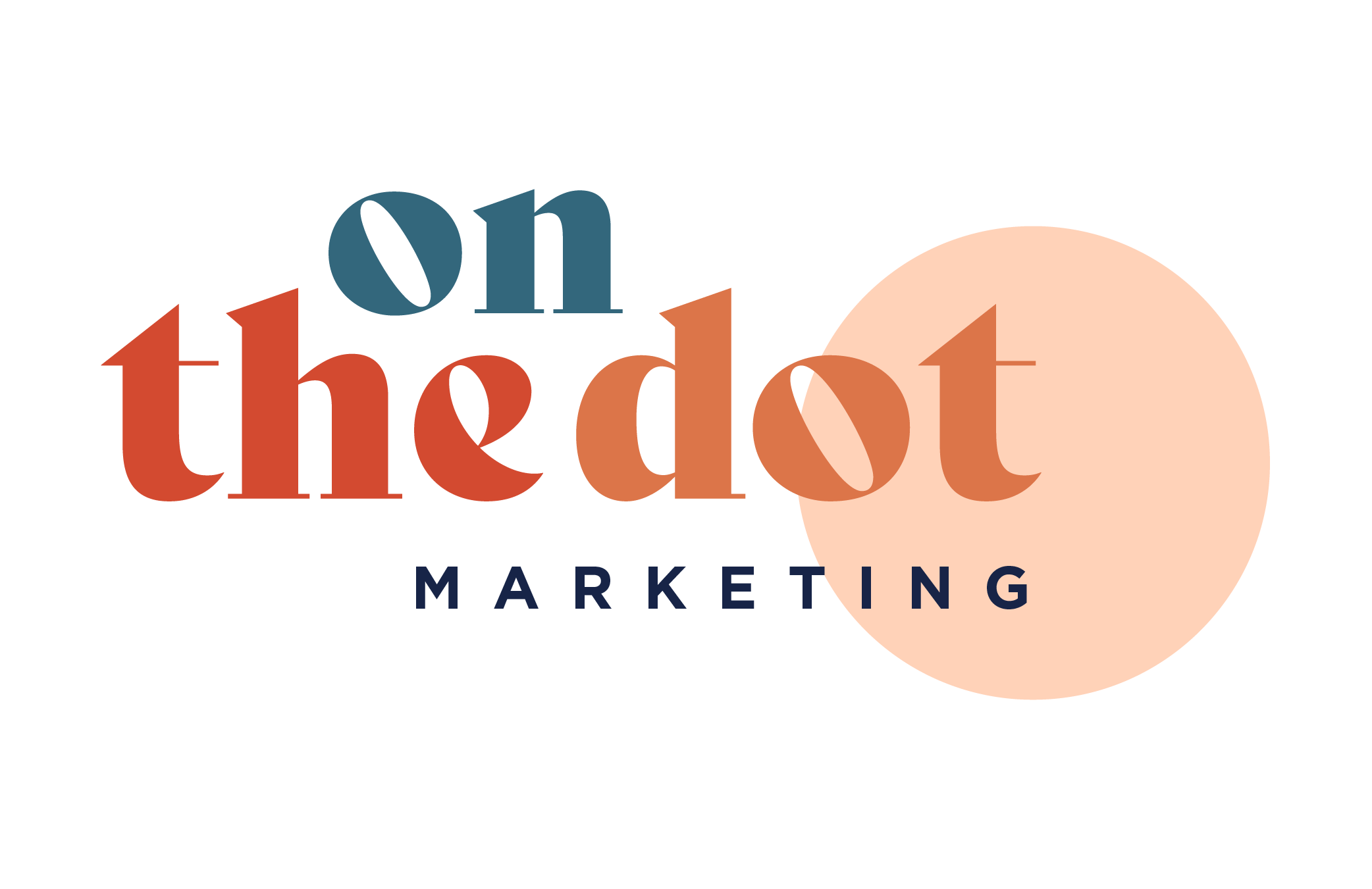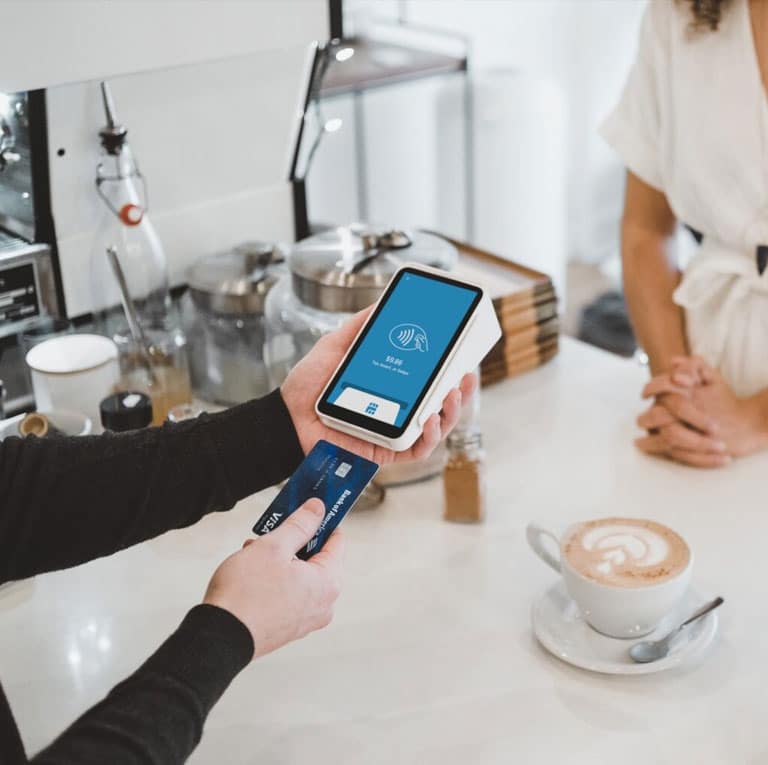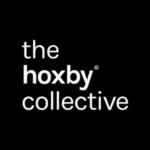From the outside, a customer journey seems simple: a customer sees something and then, if they’re interested, they buy it. If only it was that straightforward! Think about it, how long does it take you to go from consideration to purchase? And perhaps more importantly, what are you doing between these stages?
Don’t fret though, there is a solution; a customer journey map enables you to set out where your customers are ripe for marketing, all the way from pre- to post-purchase so you can market to them effectively. Through knowing where they are and how they are interacting with your brand, you can develop a marketing plan which targets the most lucrative audience, via the most effective touch points, at relevant times.
Here’s what you need to consider…
What are your objectives?
Before you create your map, you need to be clear on why you’re making it as this will be vital in deciding which touch points you need to leverage to reach your audience. (Effectively, touch points are marketing channels you use to get in touch with your customer/client.) Broader goals such as improving your customer conversion online will require numerous customer journey maps to ensure that all touch points and possible journeys are maximised for effectiveness. Whereas, more specific goals such as reducing abandoned baskets on your website will require fewer customer journey maps which only focus on specific departments (in this case, e-commerce) and perhaps place greater emphasis on the consideration stages. At this point you may start to formulate a picture on what type of consumer these objectives are being set for.
Who is your target audience?
Hopefully by now, you have a rough idea of which consumers, customers or clients you want to make these improvements for. Now, it’s time to consider them in detail. When you identify this consumer, you can start to make a customer persona of who your target audience is. This should include: what they want from you, what their frustrations are, how they interact with you, their typical ‘journey’, and what they like and dislike about your current service/organisation.
It is important that you make multiple personas – one will not be able to effectively portray all of the customers you want to target. The same goes with a customer journey map: one is not sufficient to reflect the extent of your customer journey as no one consumer will have the same journey or interaction with you. If you’re wondering where to start, prioritise. Start with your objectives and then pick the customers most likely to help you achieve these. You can read more on customer profiling here, I’ve explained it in an easy-to-follow way.
Now you know a bit more about your customers, start to list all of the touch points they can interact with you through – both what they are currently using, and what you want them to be using (although bare in mind that they can’t be forced into using a particular platform, it needs to be a natural progression for them).
Timeline and actions
As the name suggests, a customer journey map is about the whole process – which inevitably varies in its length. A customer journey isn’t just about seeing a brand and then taking the desired action, there are a lot of steps taken between and after these sections. You can start to map the timeline of these events because this process is likely to span over days/weeks and perhaps even months if you really place emphasis on retention and customer engagement. To simplify this process you can split it into four phases: discovery/awareness, consideration, purchase, and retention…
Discovery/awareness
As the name suggests this stage is all about your consumers finding you for the first time and how this happens. For instance, they may have seen you on social media, on a billboard, or perhaps your services ‘popped up’ when they were browsing the Internet. Regardless of how consumers become aware of you, this discovery is likely to have been triggered by different reasons. An online advert for instance, is likely to have been triggered by the consumer showing some interest in the service (directly or indirectly), whereas, discovering you through a billboard is a result of mere coincidence and exposure.
Find out where your customers are active and start sharing broad, brand messages to warm them to you. Highlight your unique selling points and showcase your brand personality.
When assessing how people first interact with you, it’s also important to note how they may be feeling at this stage as this can impact how you are perceived. For instance, to some people an online ad is helpful as it provides them with relevant information and can shorten the buying process. Whereas, to other consumers an online ad may come across as being creepy as their data is being used in an undesirable way which may affect how they perceive you. Avoid negative opinions by using your customer profiles to tailor your choice of channel to what they want to see.
Consideration
Unlike the previous stage, consideration concerns customers actively searching for and engaging with your brand. Through effective use of the discovery/awareness stage, you should be on their radar, and from here, it’s about them wanting to know more about you and what you can offer.
As with the discovery section, you want to be making notes about why the consumer wants to know about you and what they are doing to learn about you. They may even have reached the ‘add to basket’ or inquiry stage in which case they are extremely warm to your brand and ripe for marketing to encourage purchase. Consider these questions to help you formulate your next marketing move:
- Do they engage with social media, emails, reviews, blogs, elsewhere on your website?
- What specific content themes are they engaging with?
- Where on your website do they click and for how long?
- How are they feeling at this stage? Is it positive or do they have pain points that stop them from purchasing?
- Are they left questioning anything?
- For anything you can’t find via analytics, put a survey out to ask current or potential customers how they feel.
Through knowing how consumers interact with you, you can get a sense of what needs to be done to encourage them to complete a purchase: do they need more information on the product or service, are they questioning the price, do they need reviews to trust your brand more?
Where do you need to be and what do you need to say to remind consumers that your product or service is worthy of being purchased? If you know your consumers you can start to predict their behaviour and be one step ahead to increase the likelihood of them purchasing from you.
Purchase
Once you’ve optimised your customer journey, these previous stages will result in the consumer actually wanting to buy your product or service – so now it’s time to map out their purchase journey. Here, you want to make it as smooth as possible for them to hand their money over and receive the good or service.
Map the journey out step by step, consider anything that is delaying it that isn’t necessary, and test, test, test!
Here’s an example of mapping a basic service-based online customer purchase journey:
Continue to appointment schedule > book the appropriate appointment and choose a date > enter payment and contact details > receive an email confirmation about the appointment > receive reminder emails or texts about the forthcoming appointment (this can be any number of days before and any level of frequency).
It is likely that some of the key touch points you’ll also need to map revolve around the various pages they are redirected to in this process, the various emails received, and perhaps they’ve gone on to click on the reminder or rebook email. You need to ensure that this process is seamless for them.
Retention
This is the last stage you need to map (hooray!) and it’s about what you are doing/what you could be doing to encourage consumers to return to your products or services again. If you’ve ensured that the previous stages are in working order, and customer service/quality is good, then customers should naturally want to come back to your products or services in the future, but you can add in some sophisticated marketing techniques to make this more of a certainty.
When it comes to identifying motivations for retention, it is a good idea to send out emails to your consumers. Follow-up thank you offers, telling them about new services or products they might be interested in, sending inspirational, editorial content and asking them to leave a review for a discount code are just a few ways you can surprise and delight people to keep them warm to your brand. You can also review analytics to find out which encourage retention the most.
Whichever means you choose to communicate to your clients post-delivery, be sure that they encourage traffic to your website. As with the previous instances, you need to track what your consumers are doing – do they continue to browse with you? Perhaps they go to purchase again straight away! Again write down their overall experience to influence potential improvements and further marketing prompts.
I recognise this process isn’t a quick fix and it takes a fair bit of time and resource. But, if you get it right and give it some attention from the offset, you can reap the rewards. Don’t forget, you can tackle it one stage at a time – customer journey optimisation is and should be an ongoing piece of work. Keep checking in with your audience and keep making tweaks to ensure their interaction with your business is as positive as possible.





